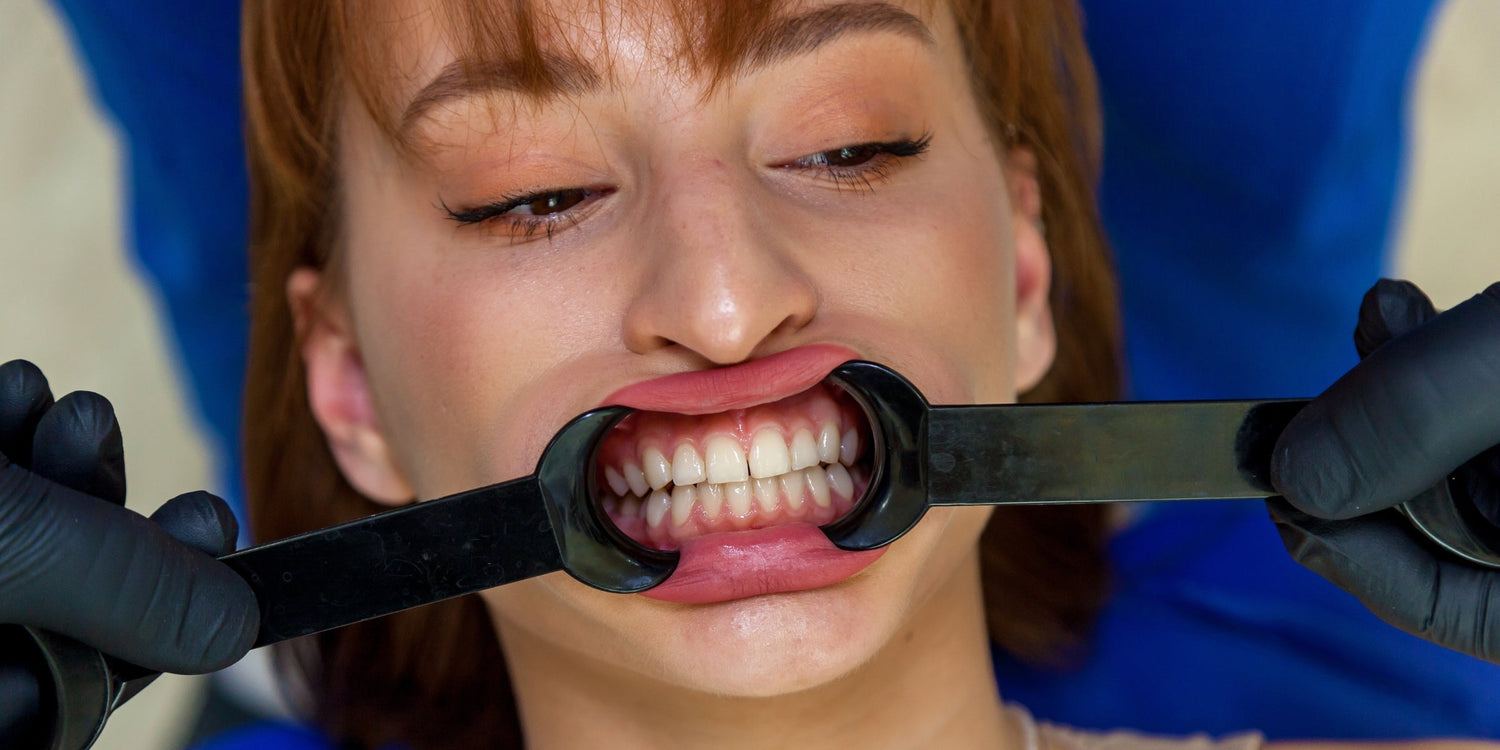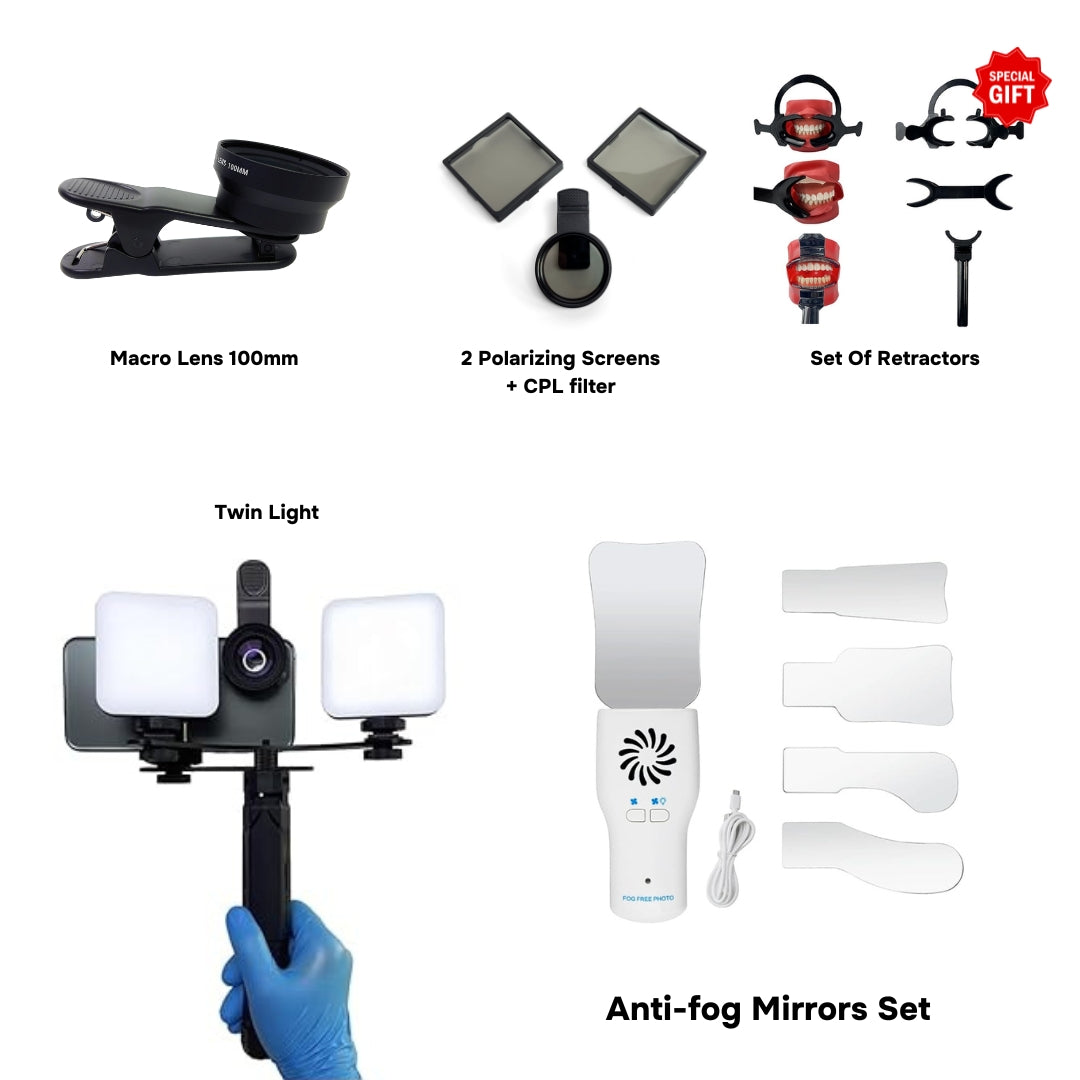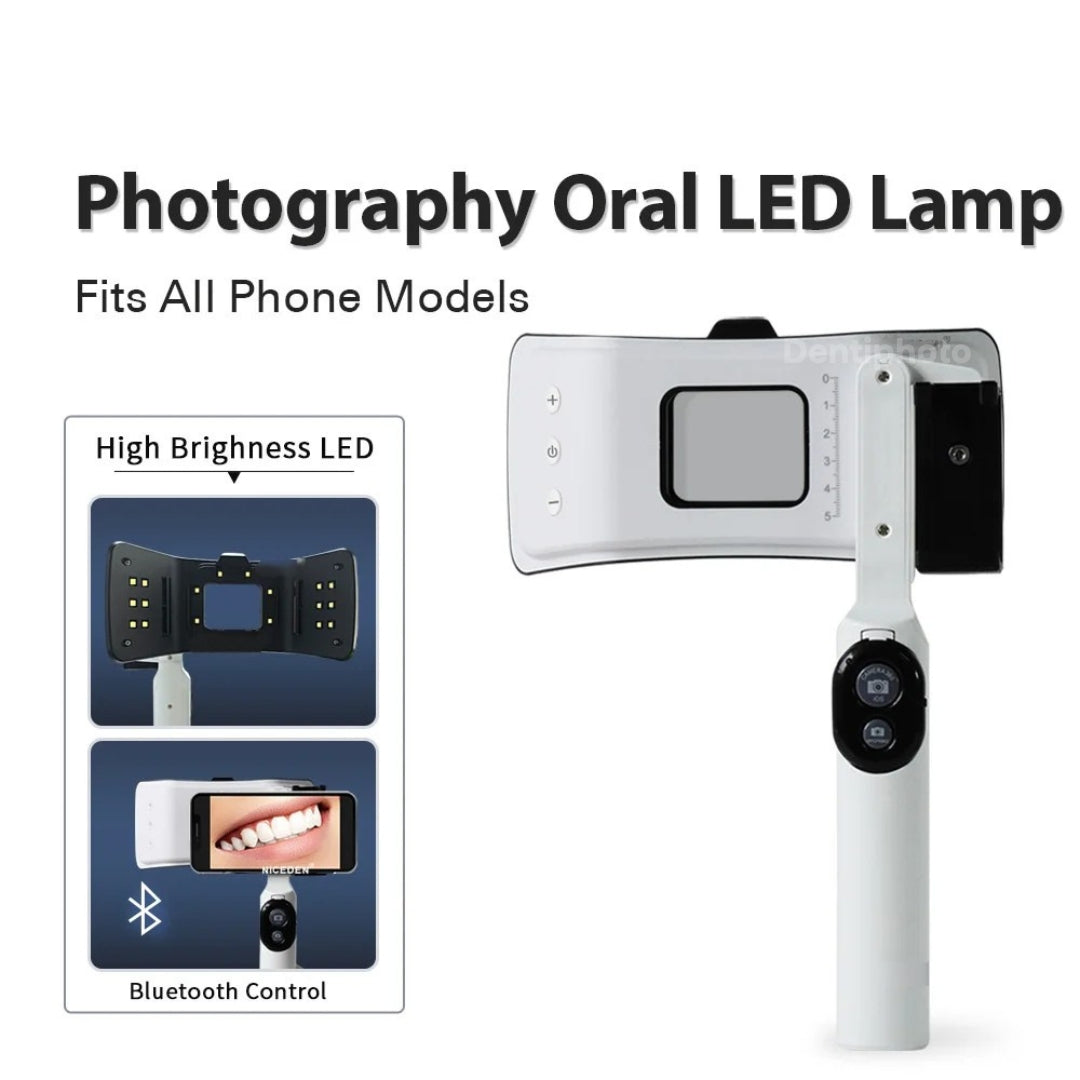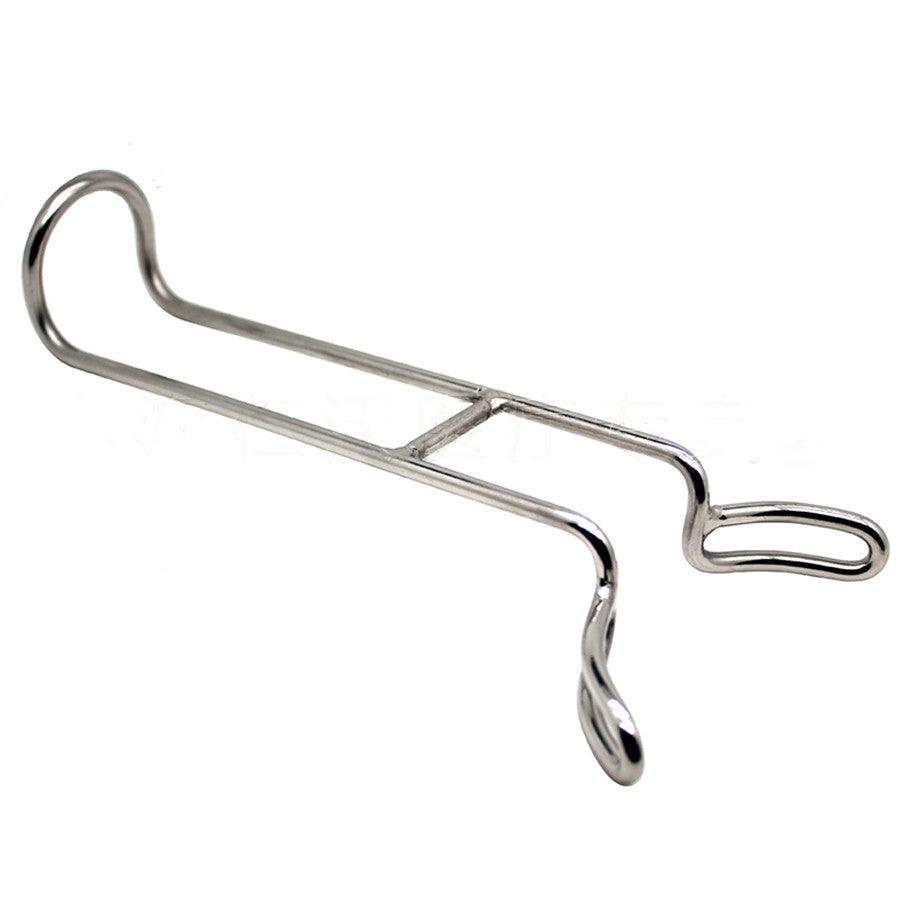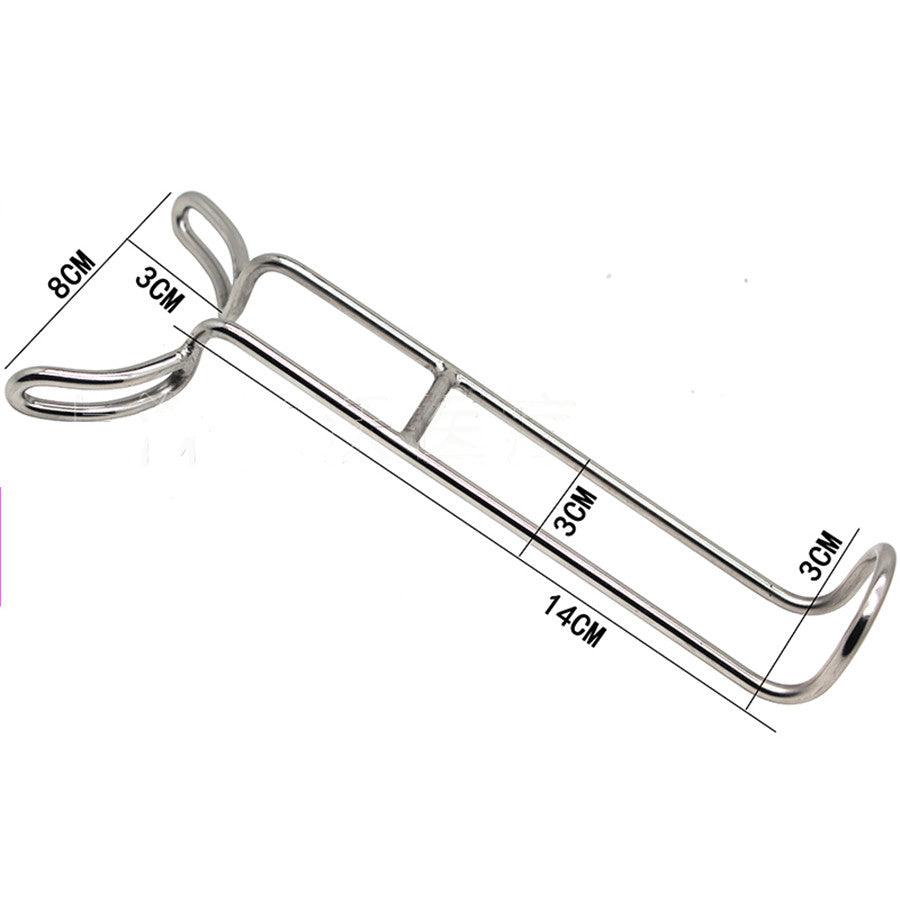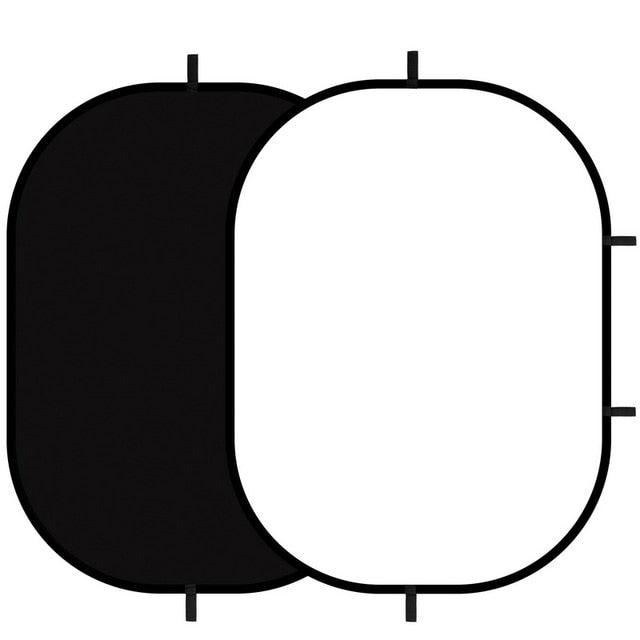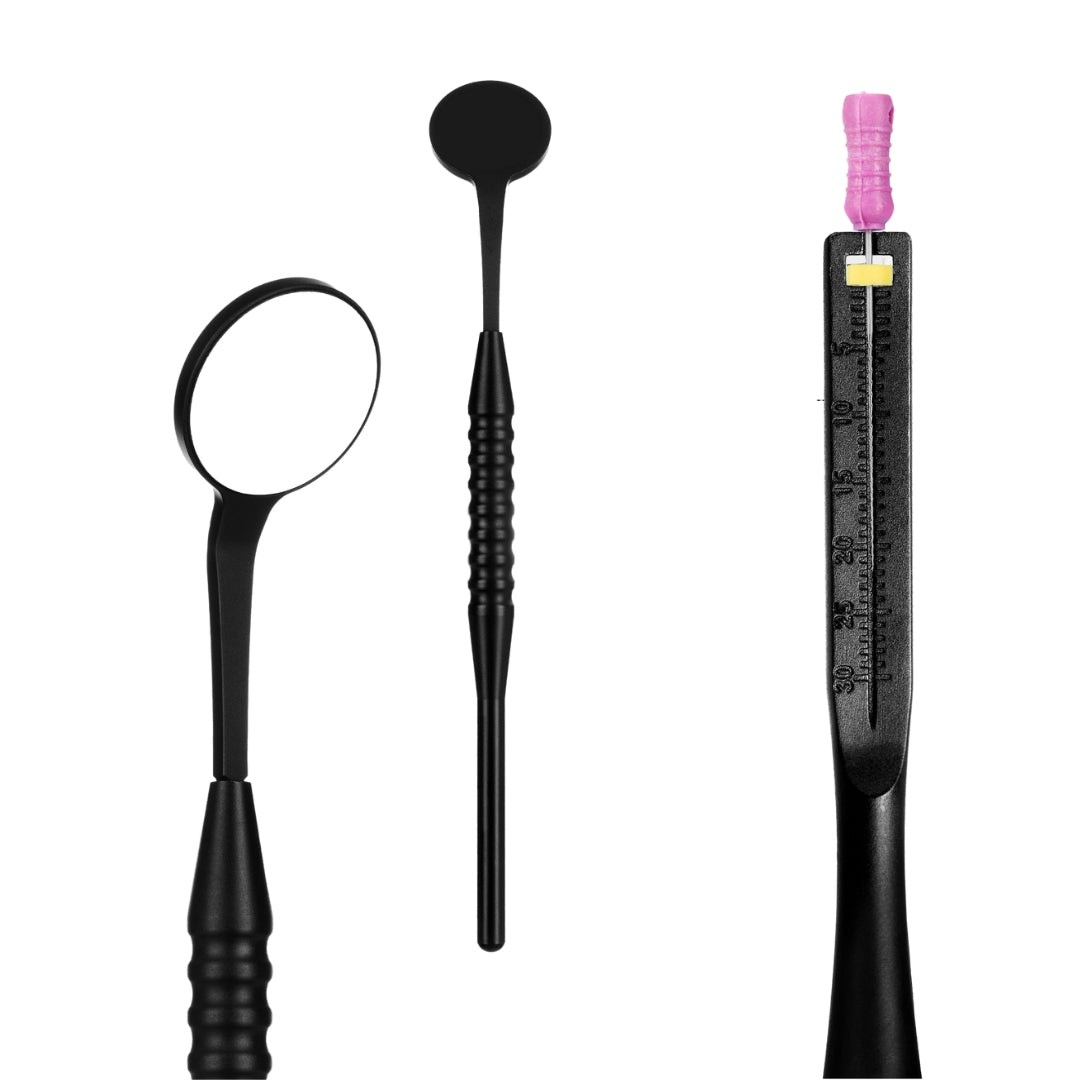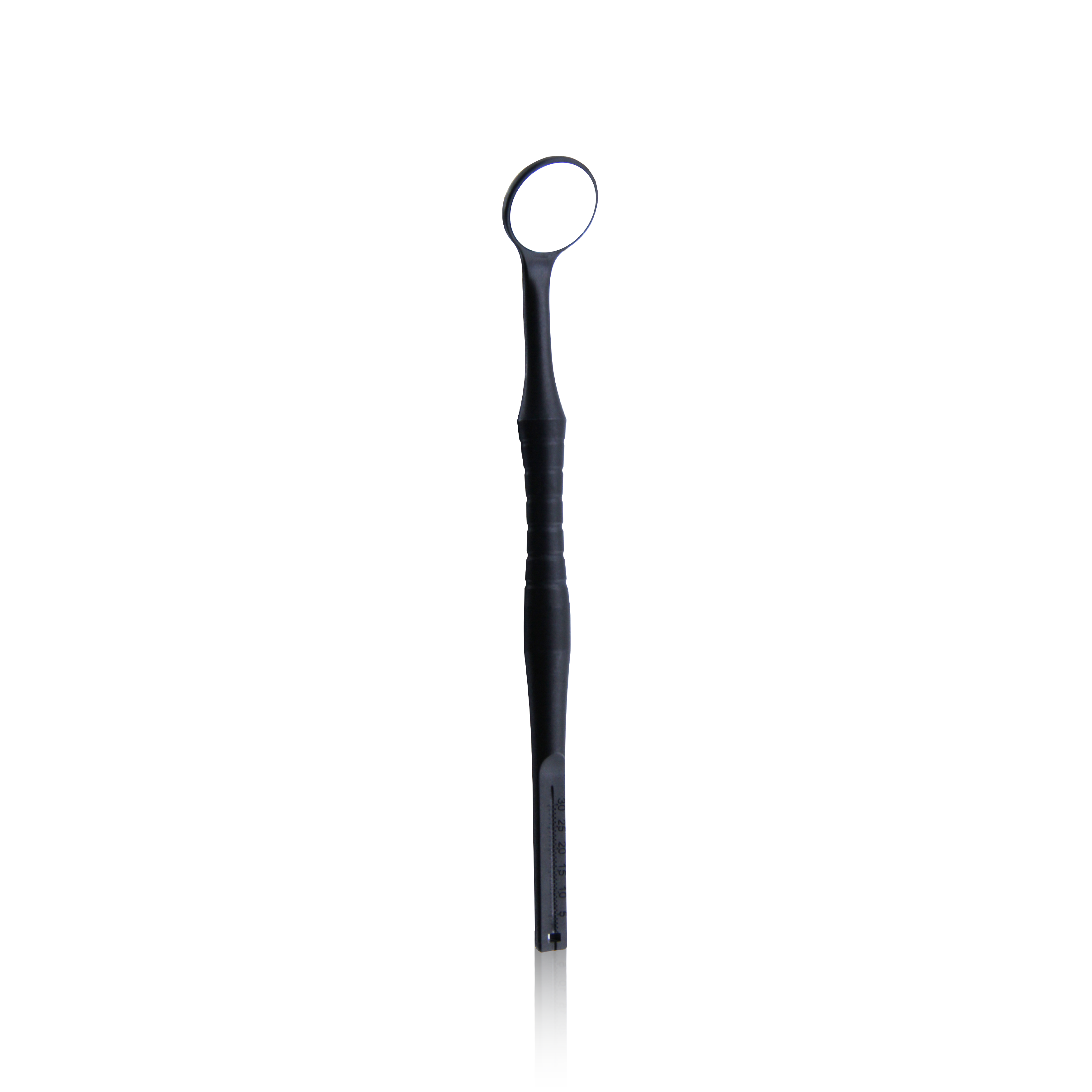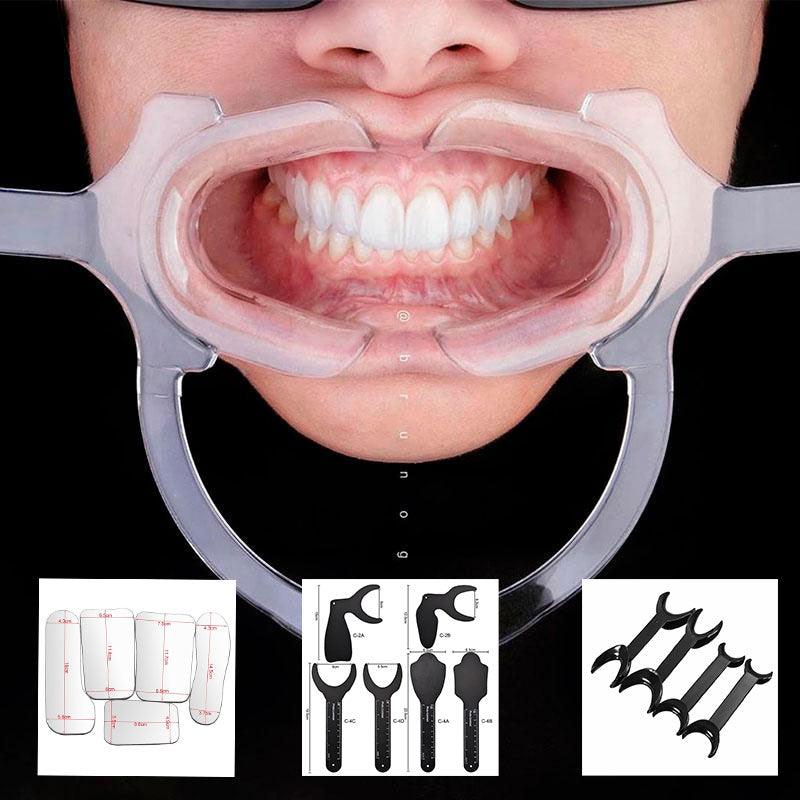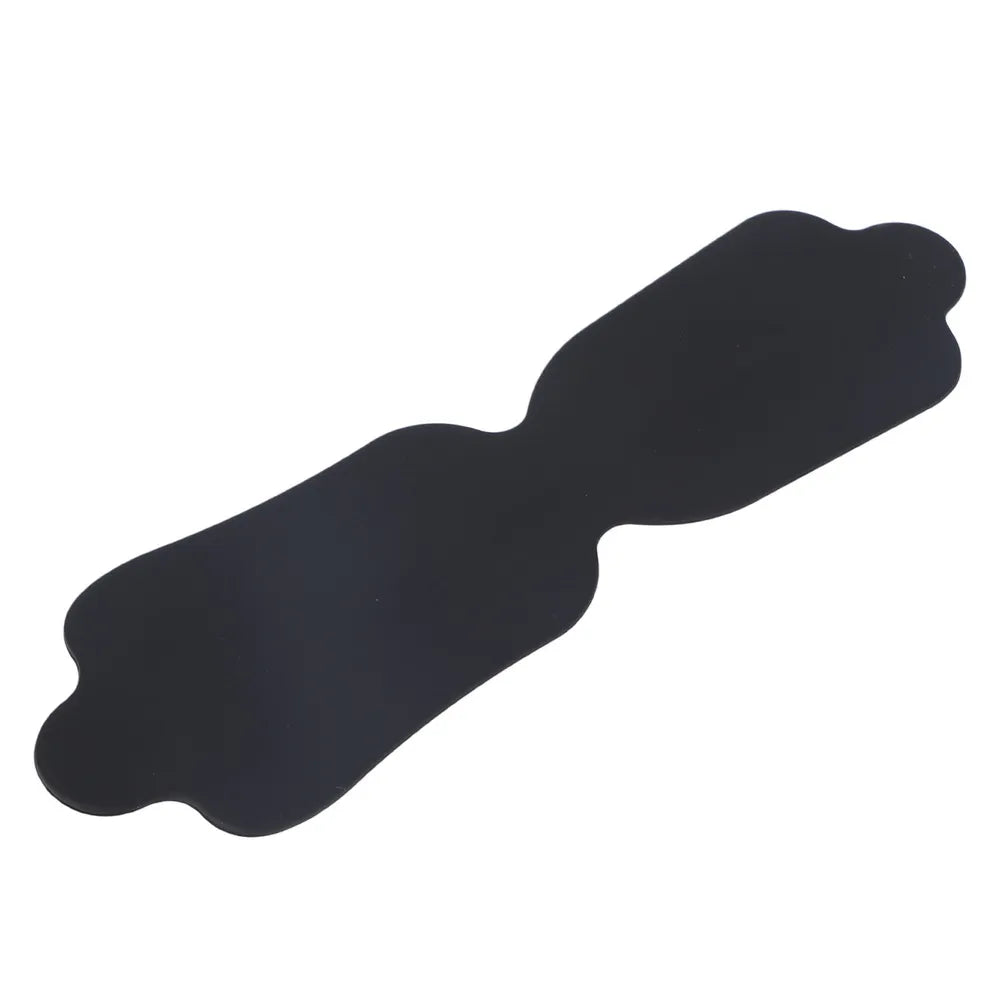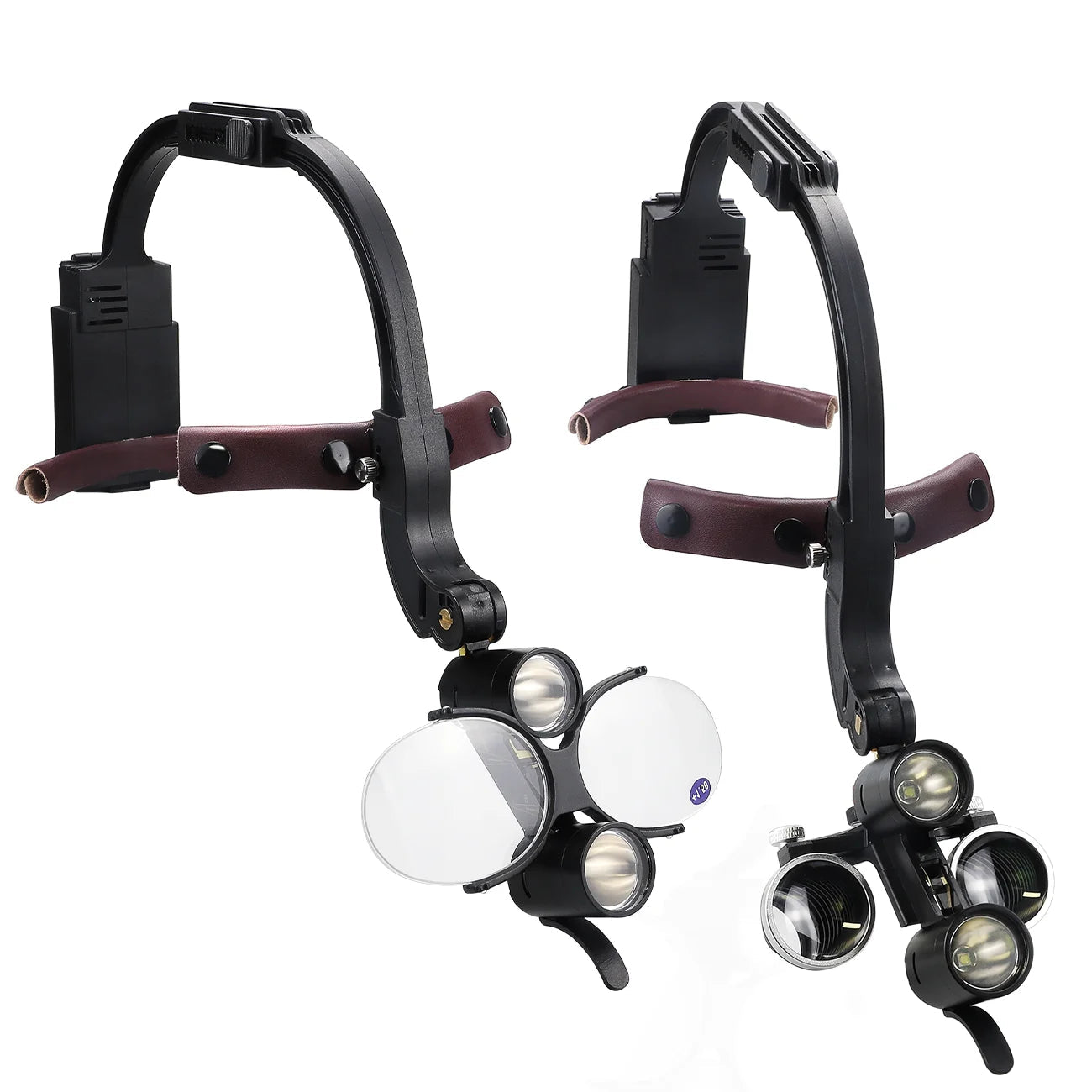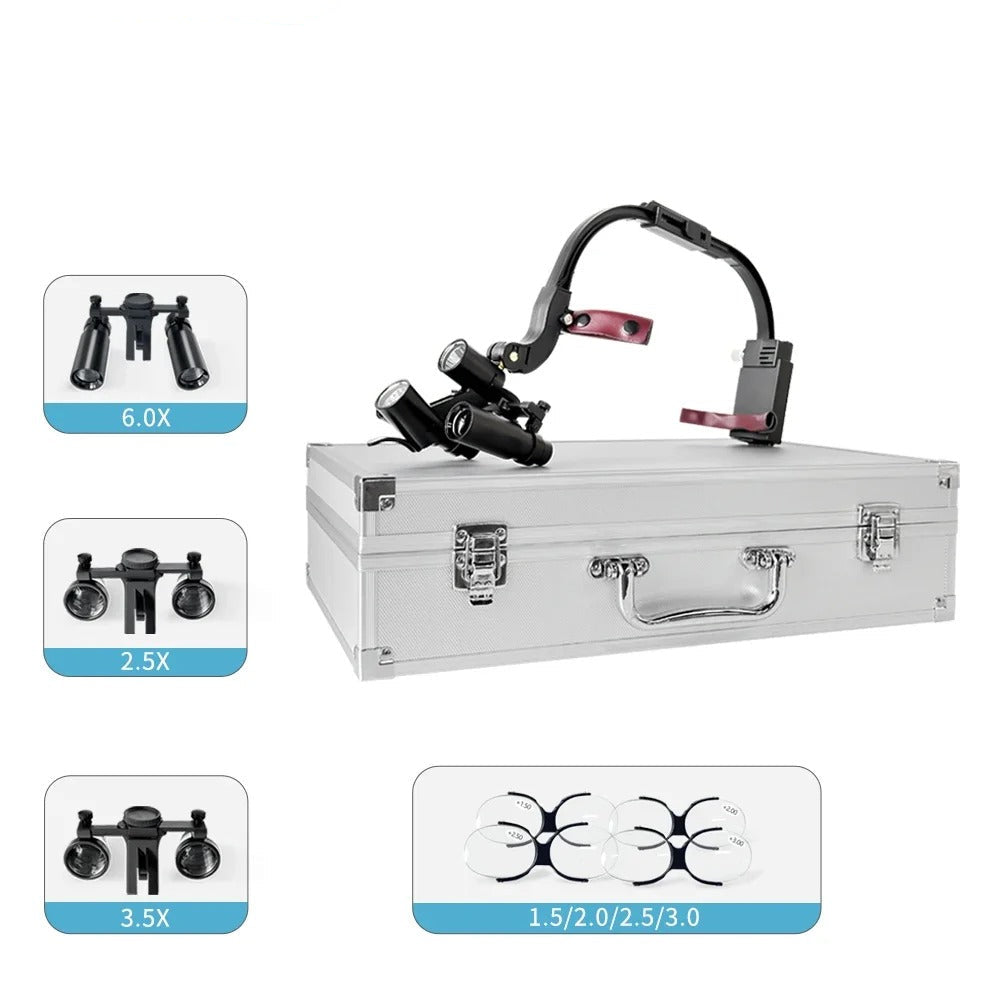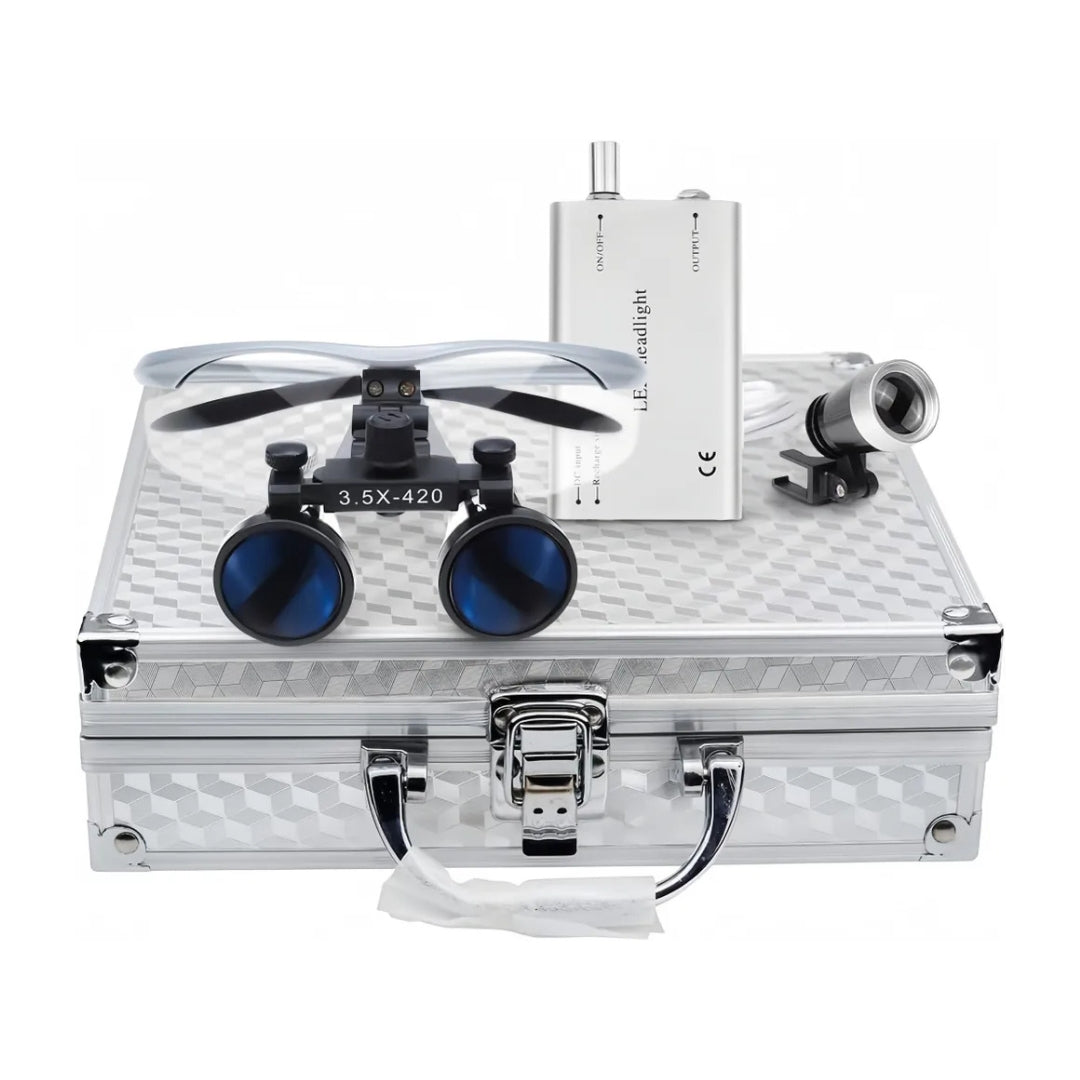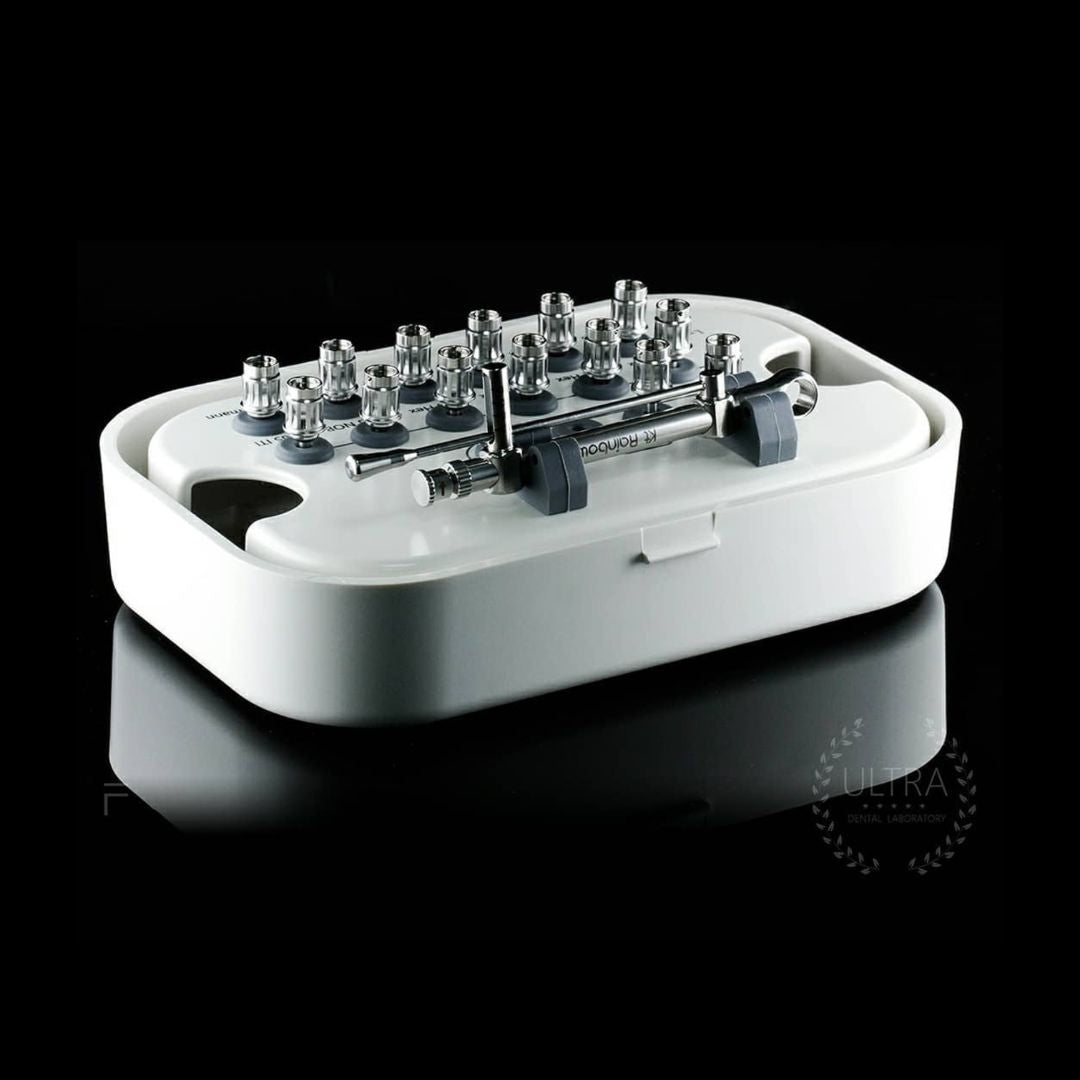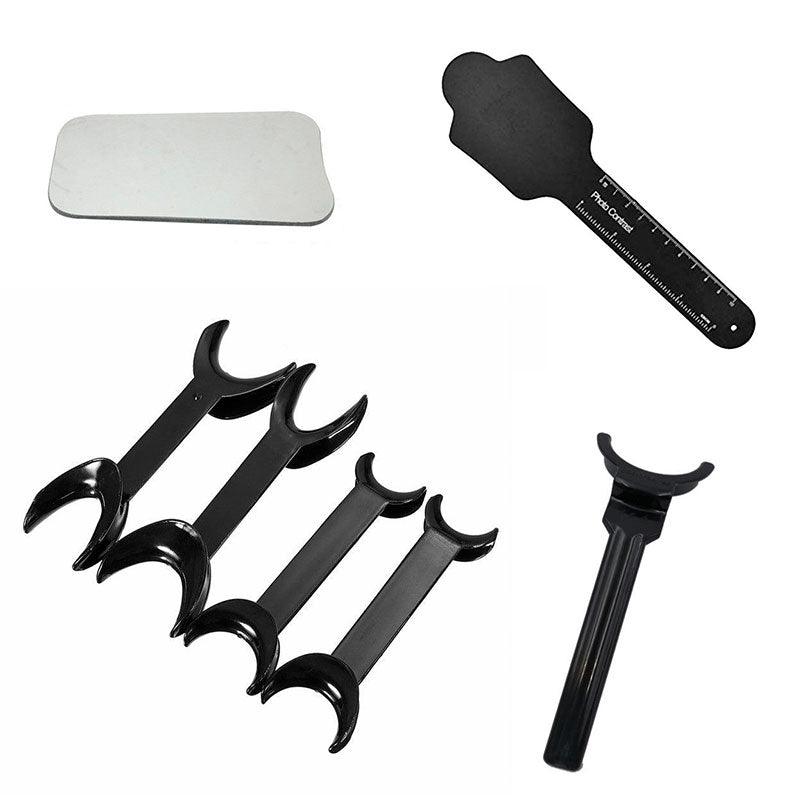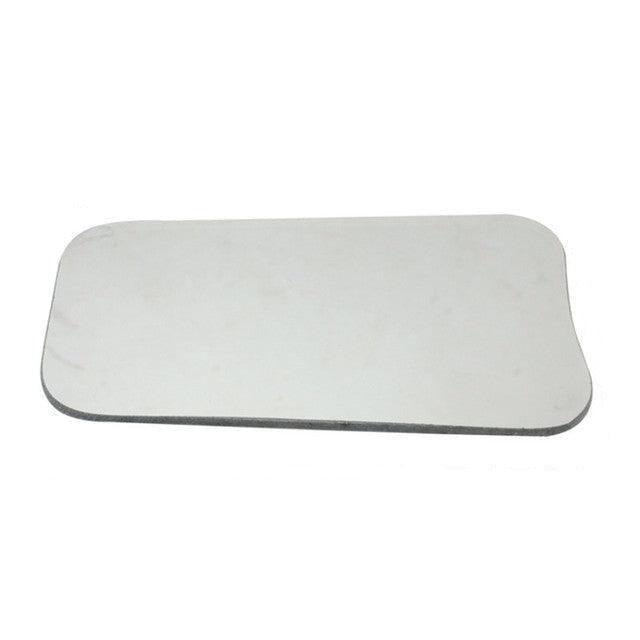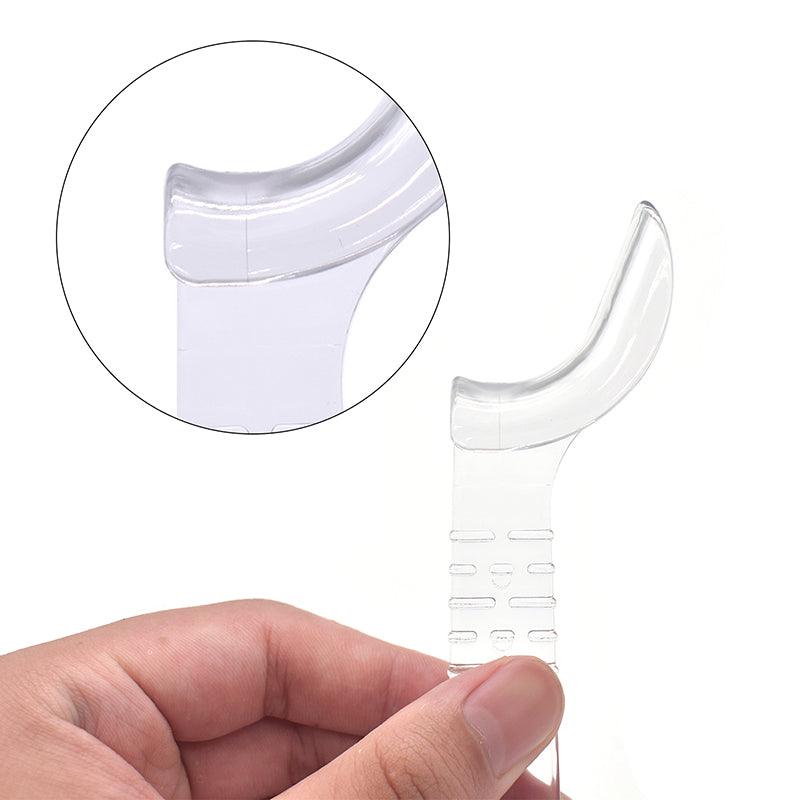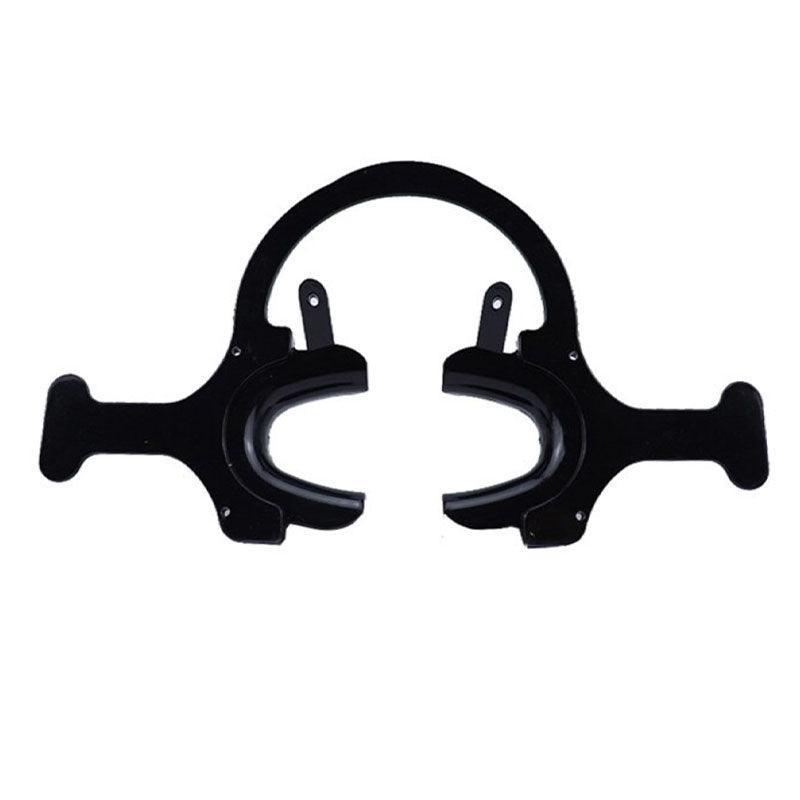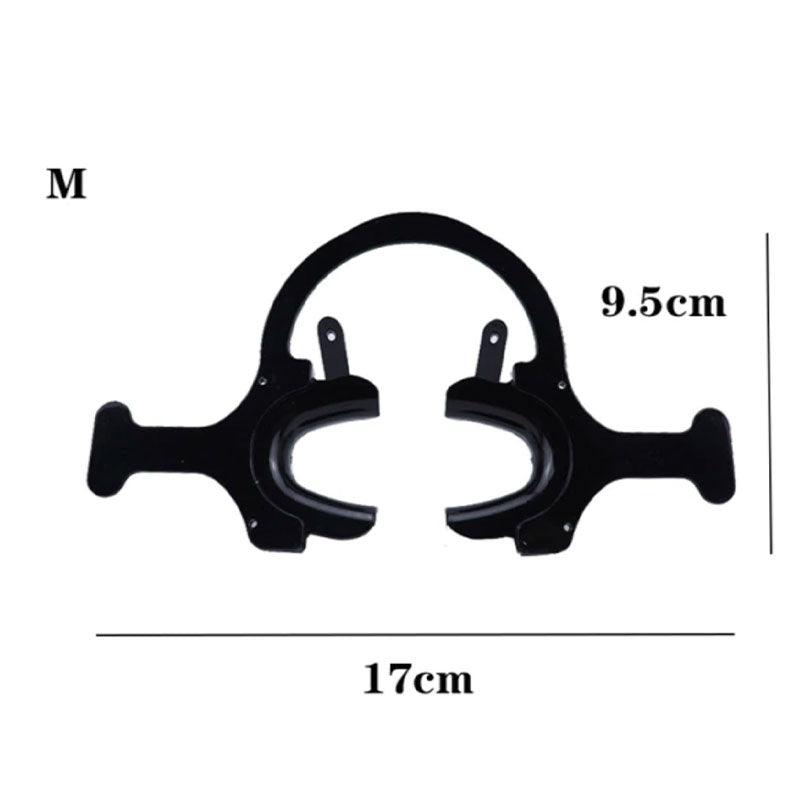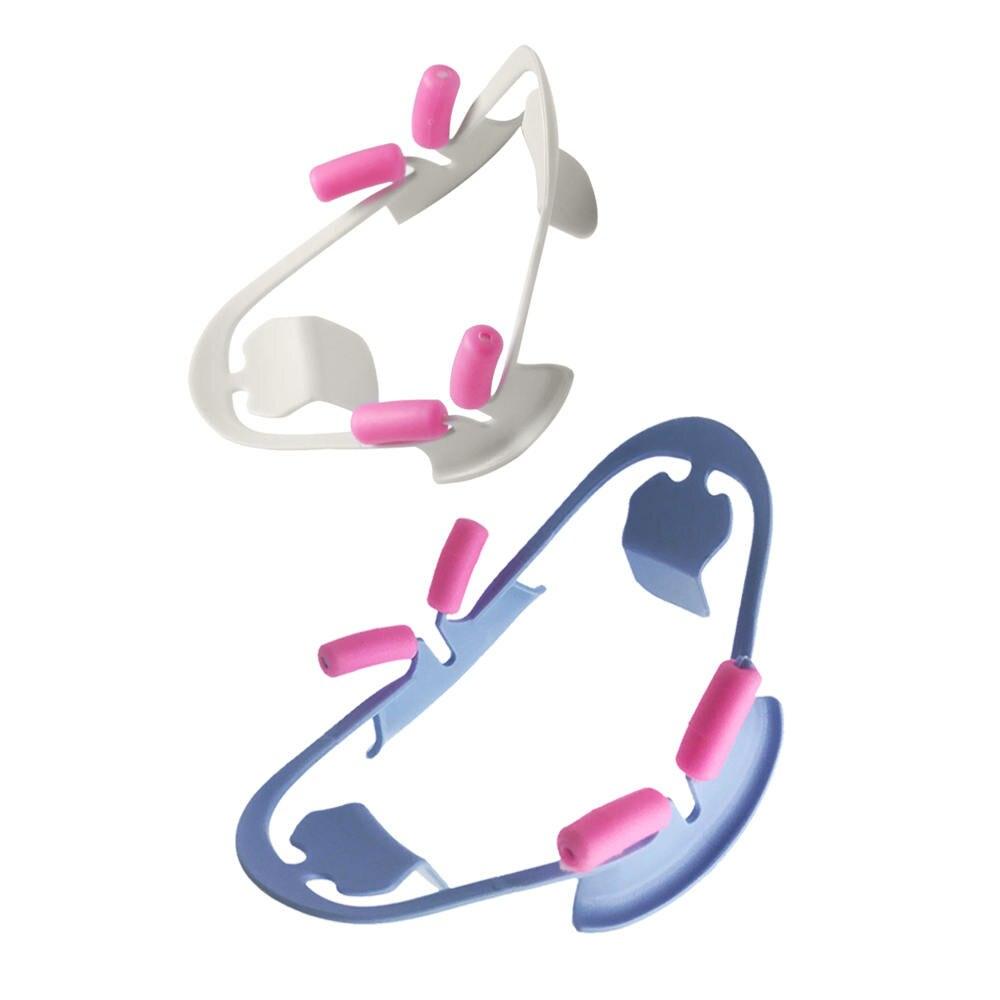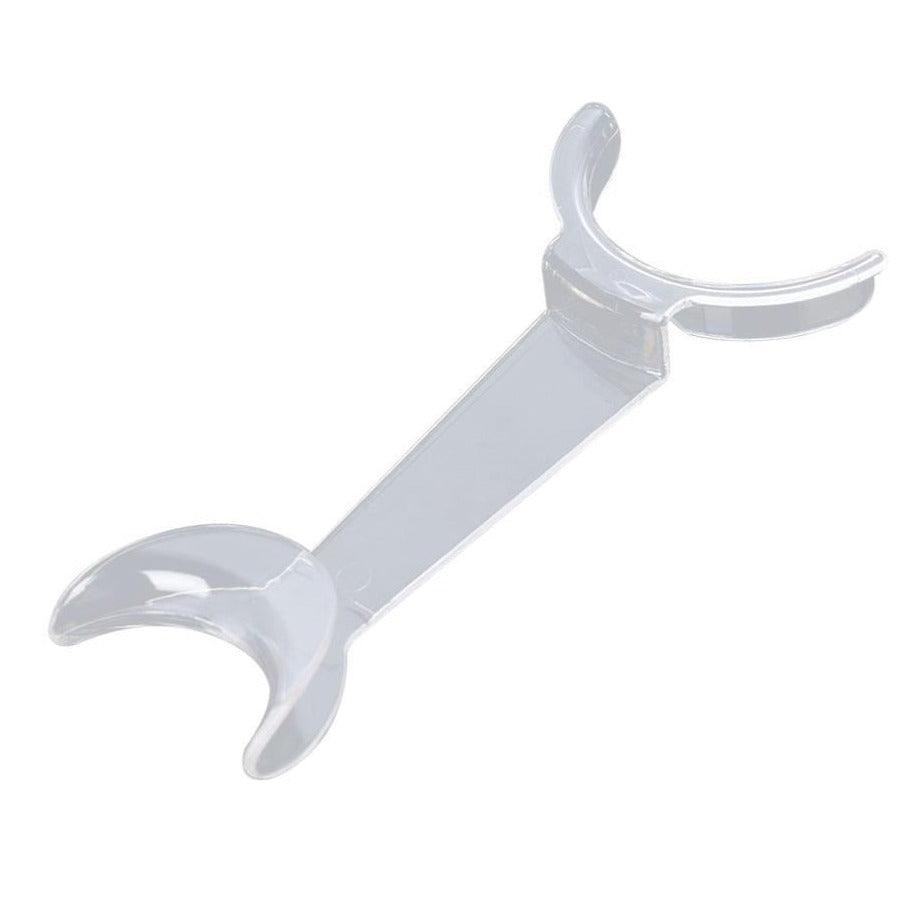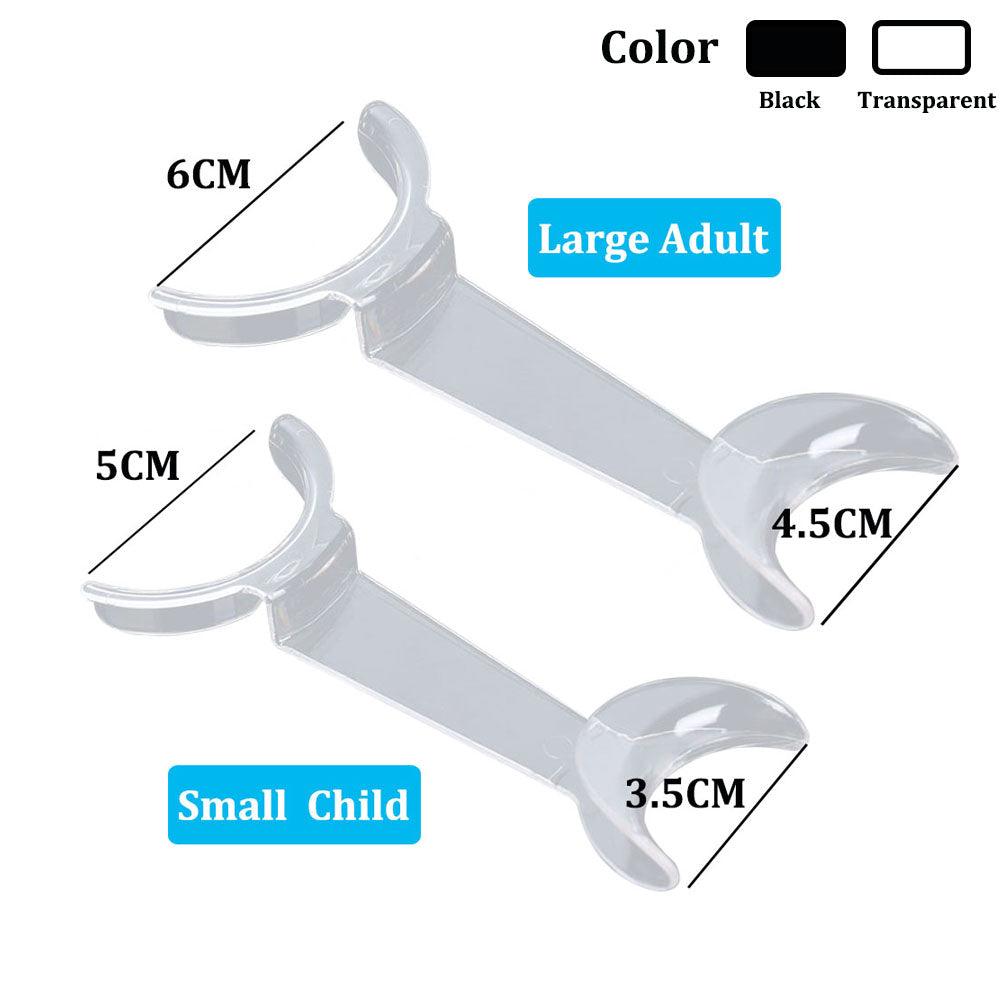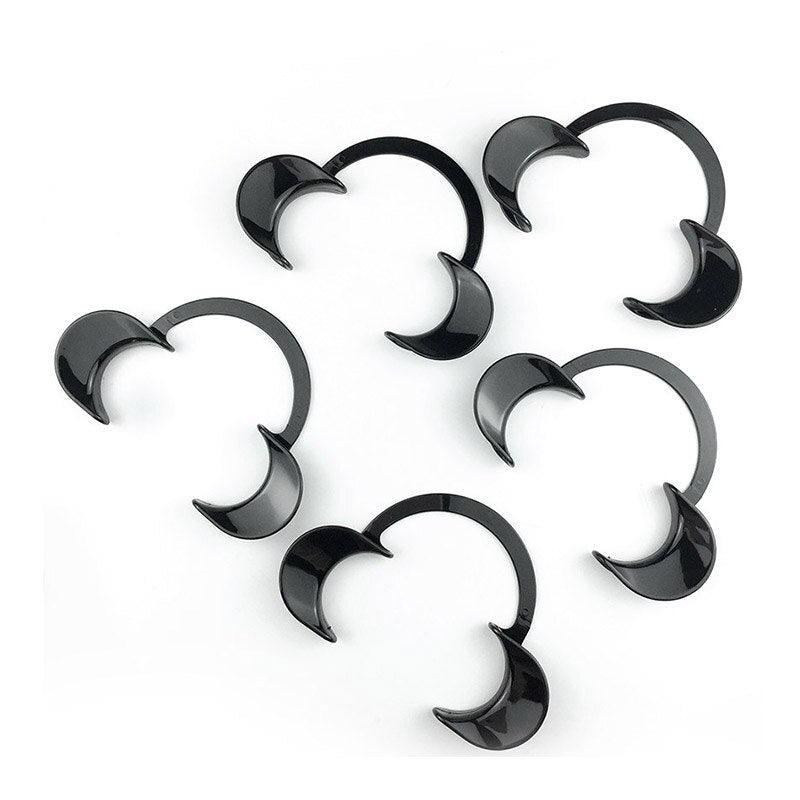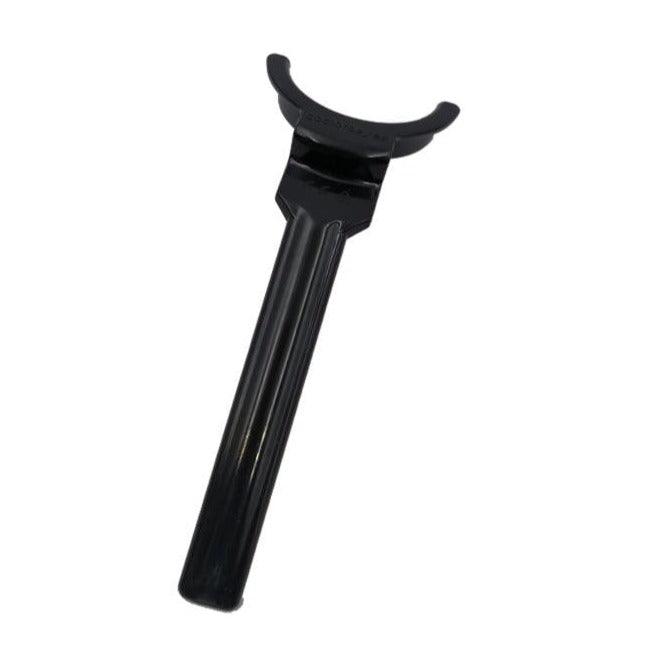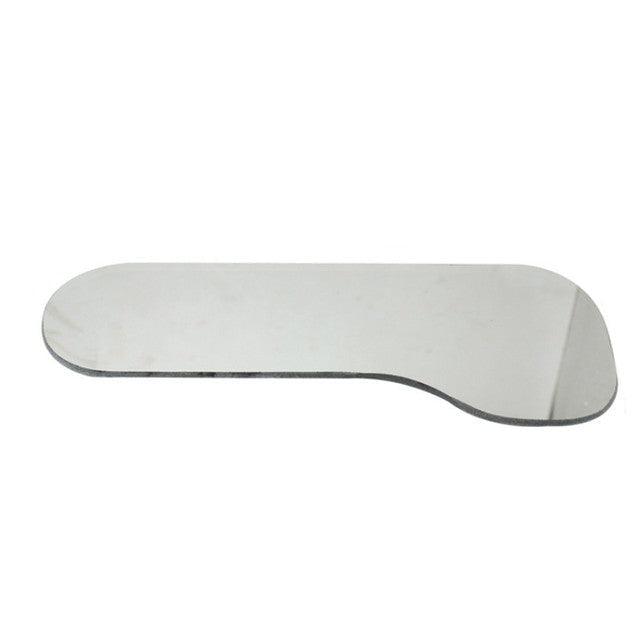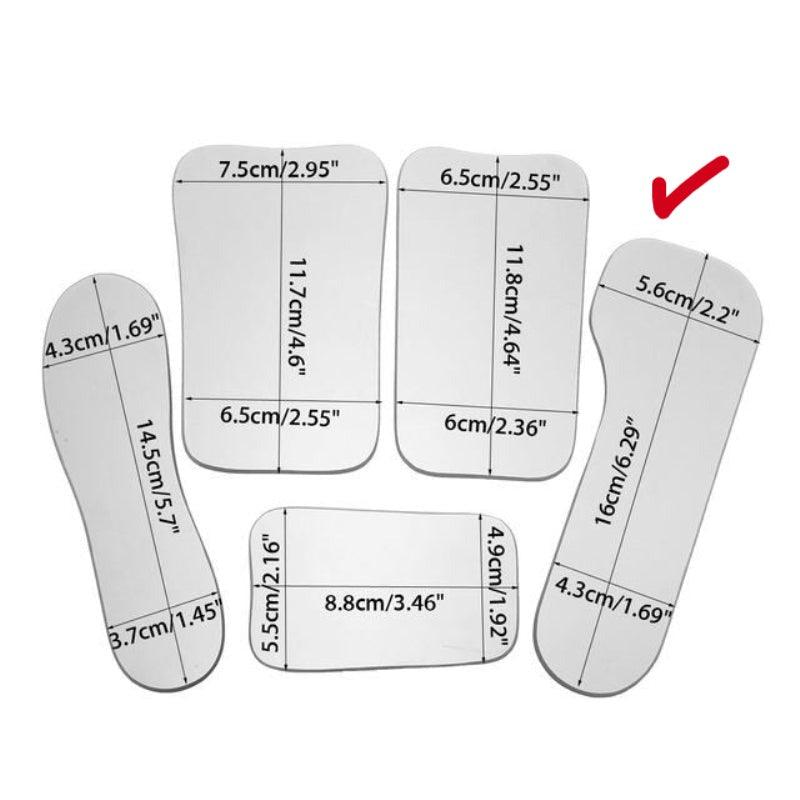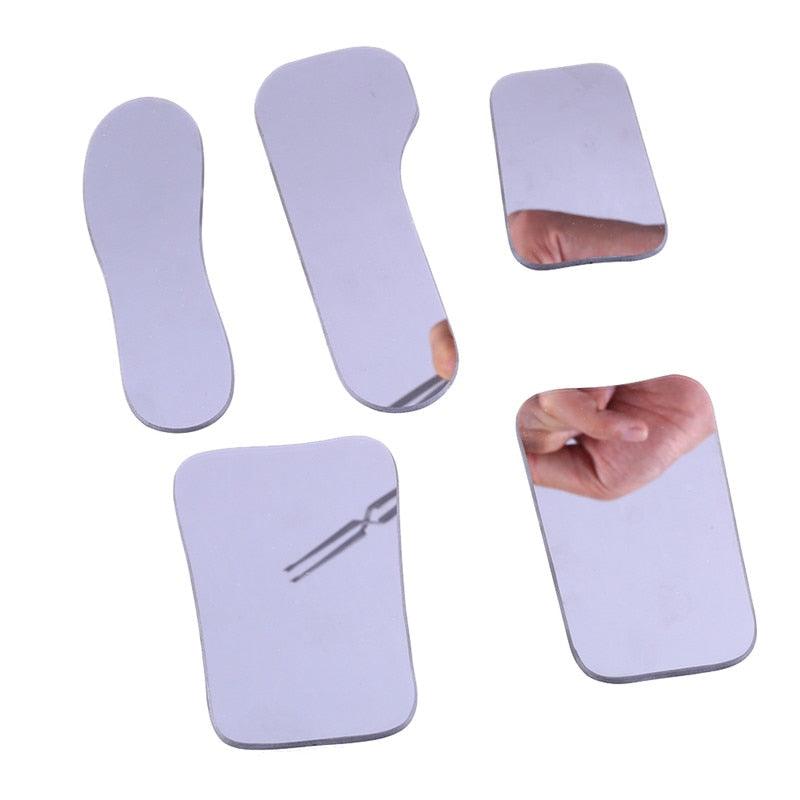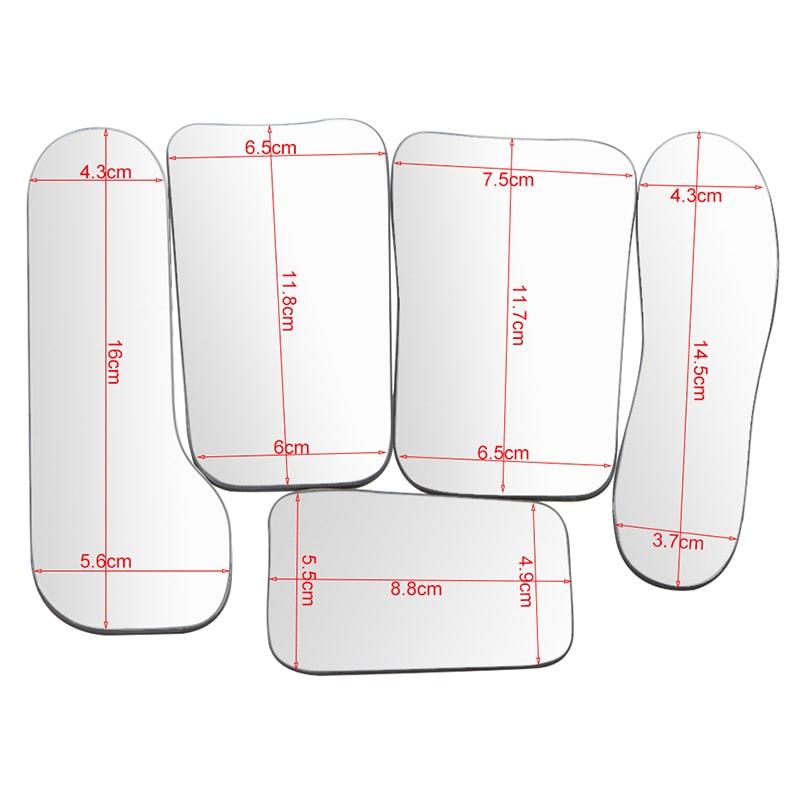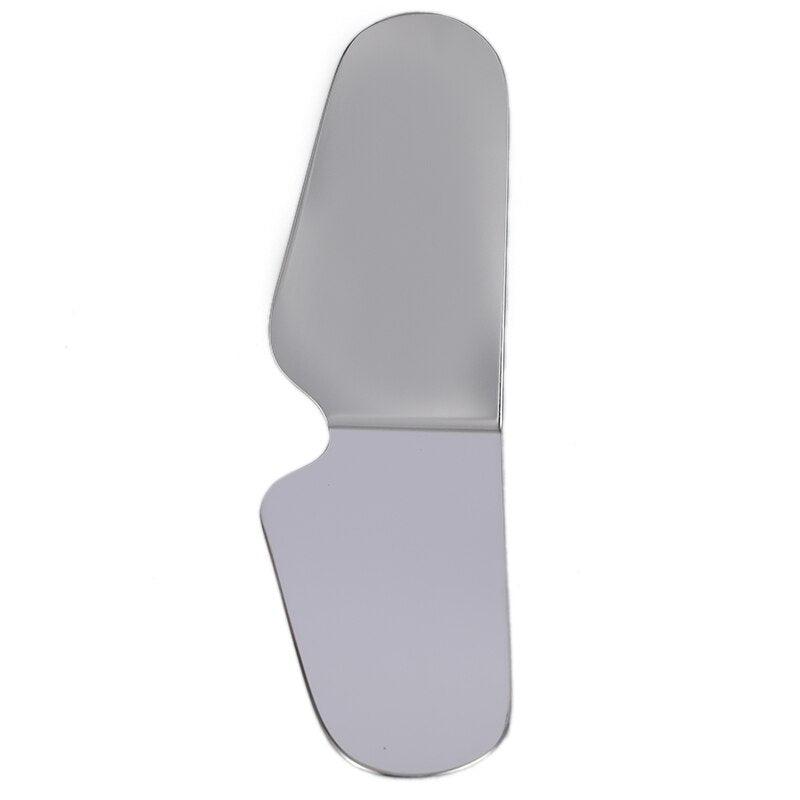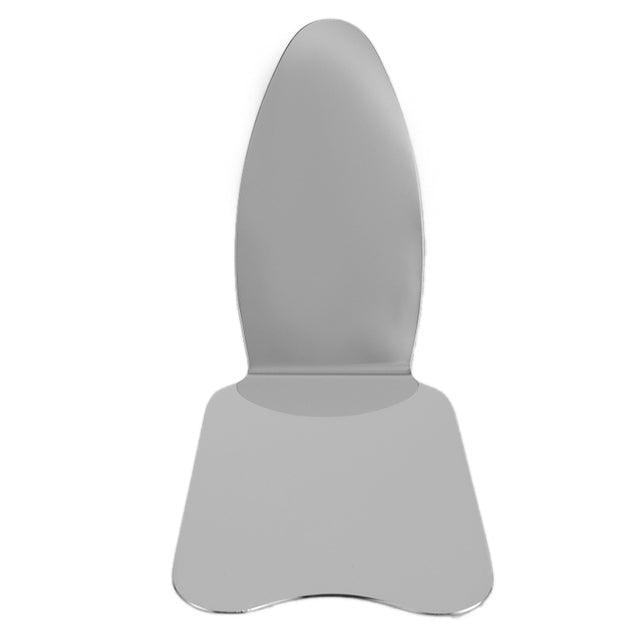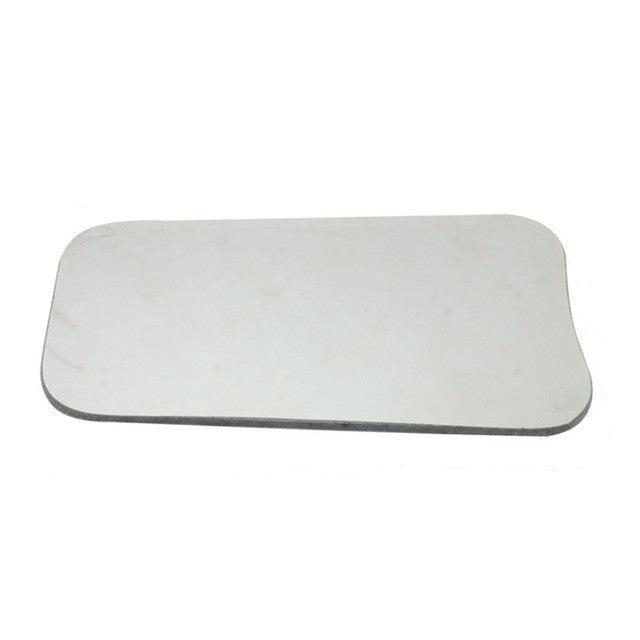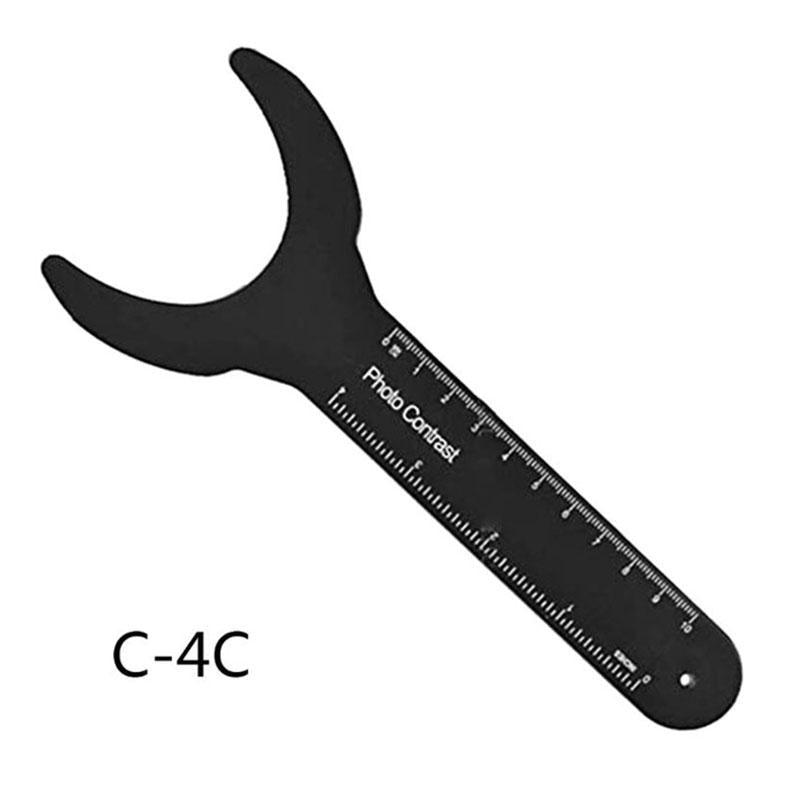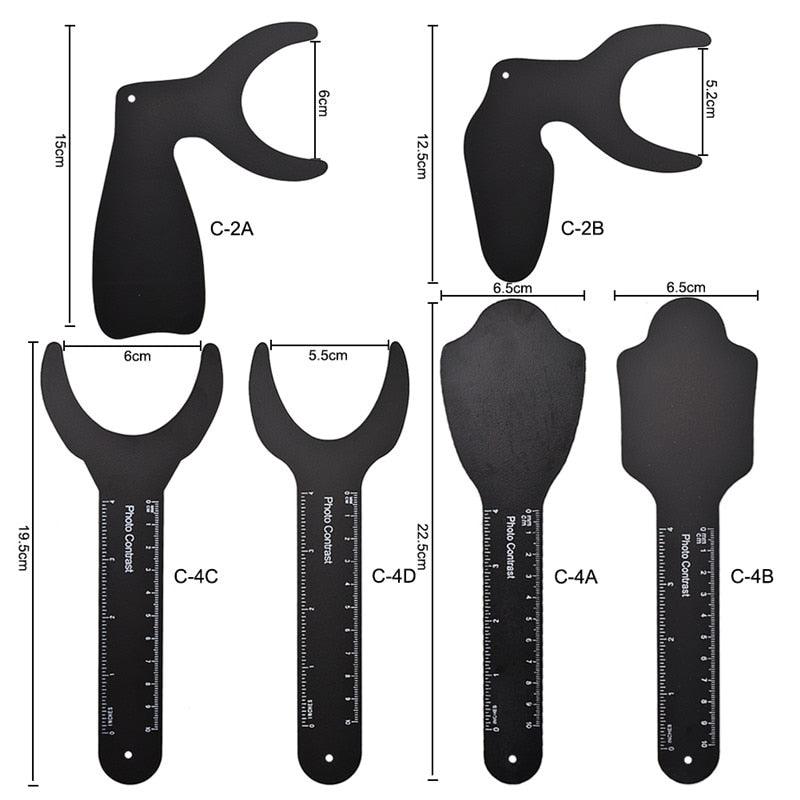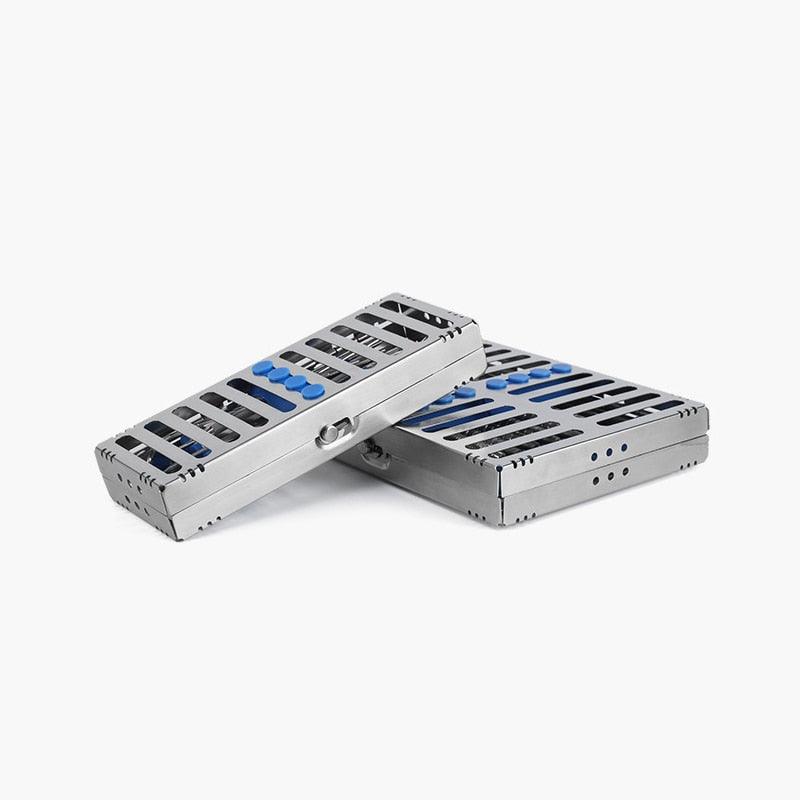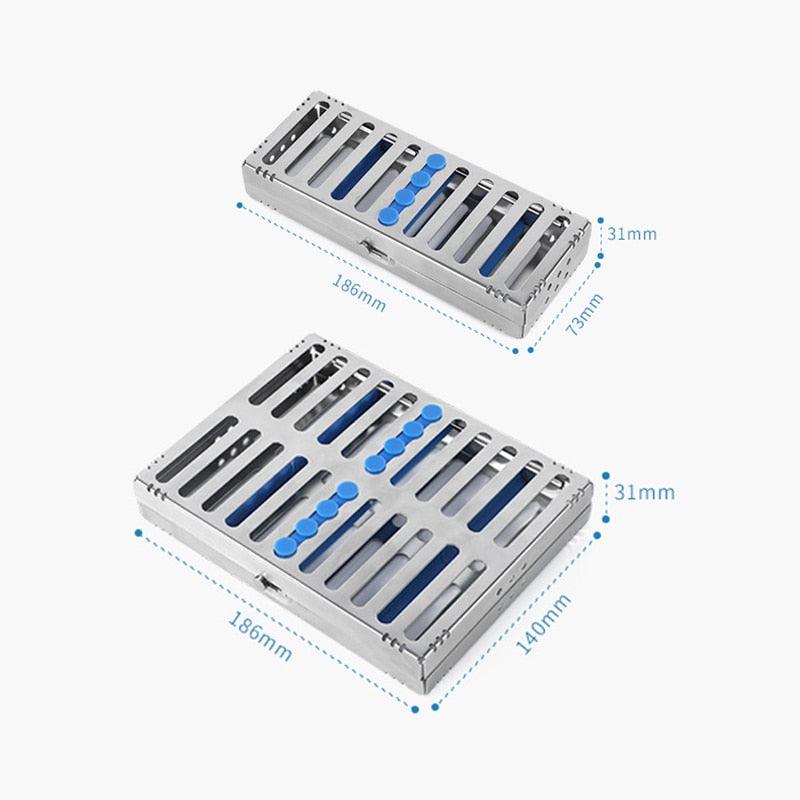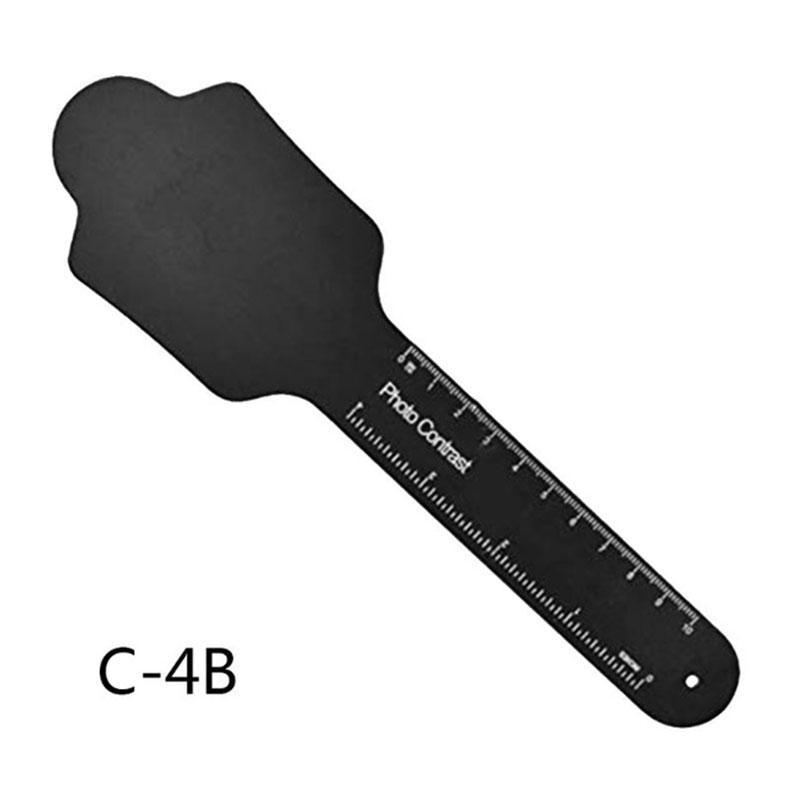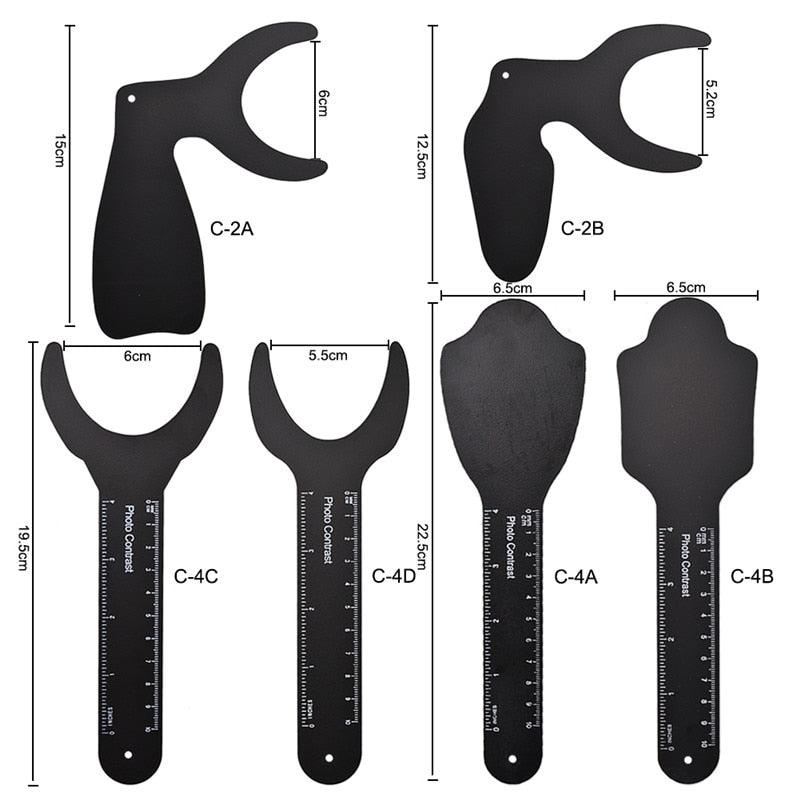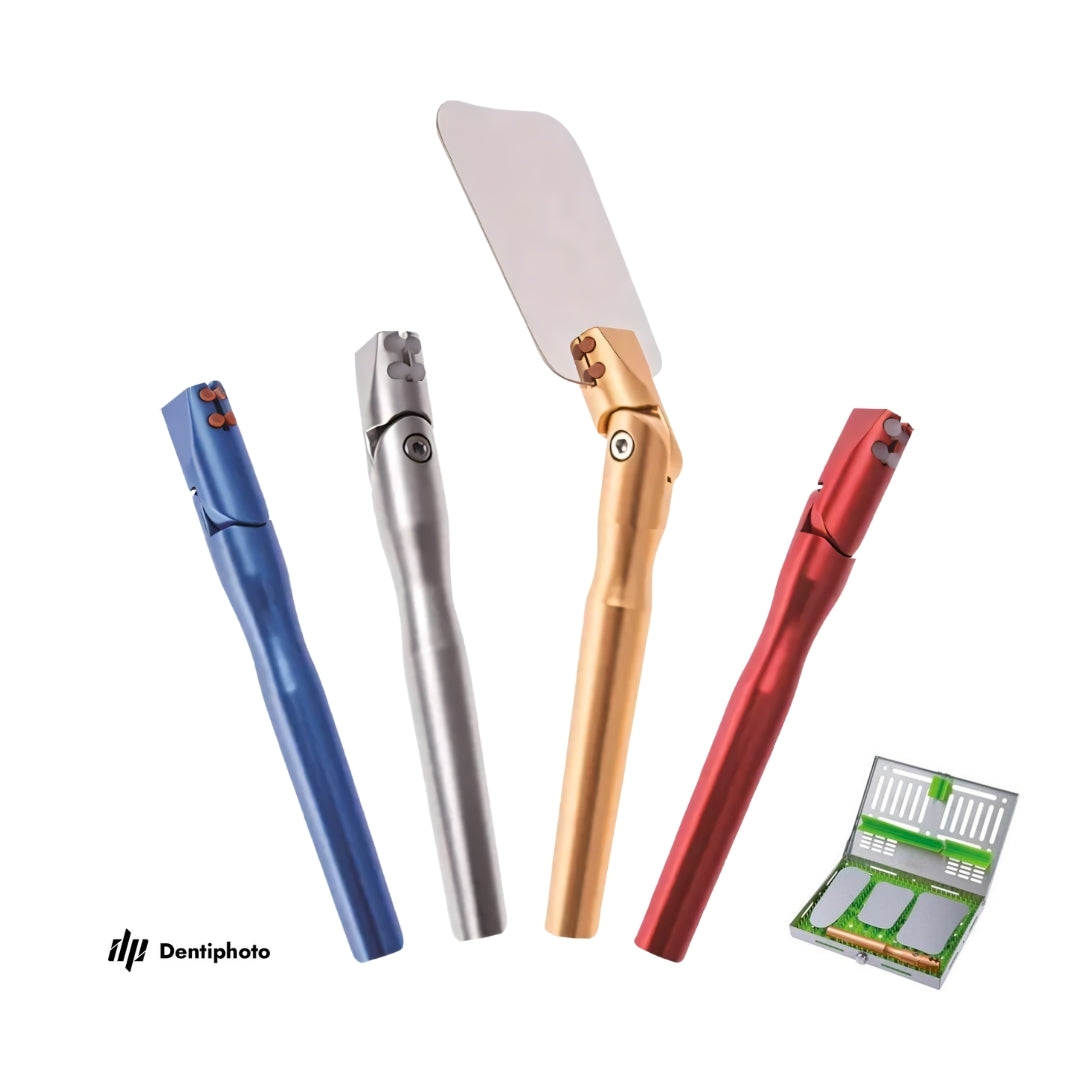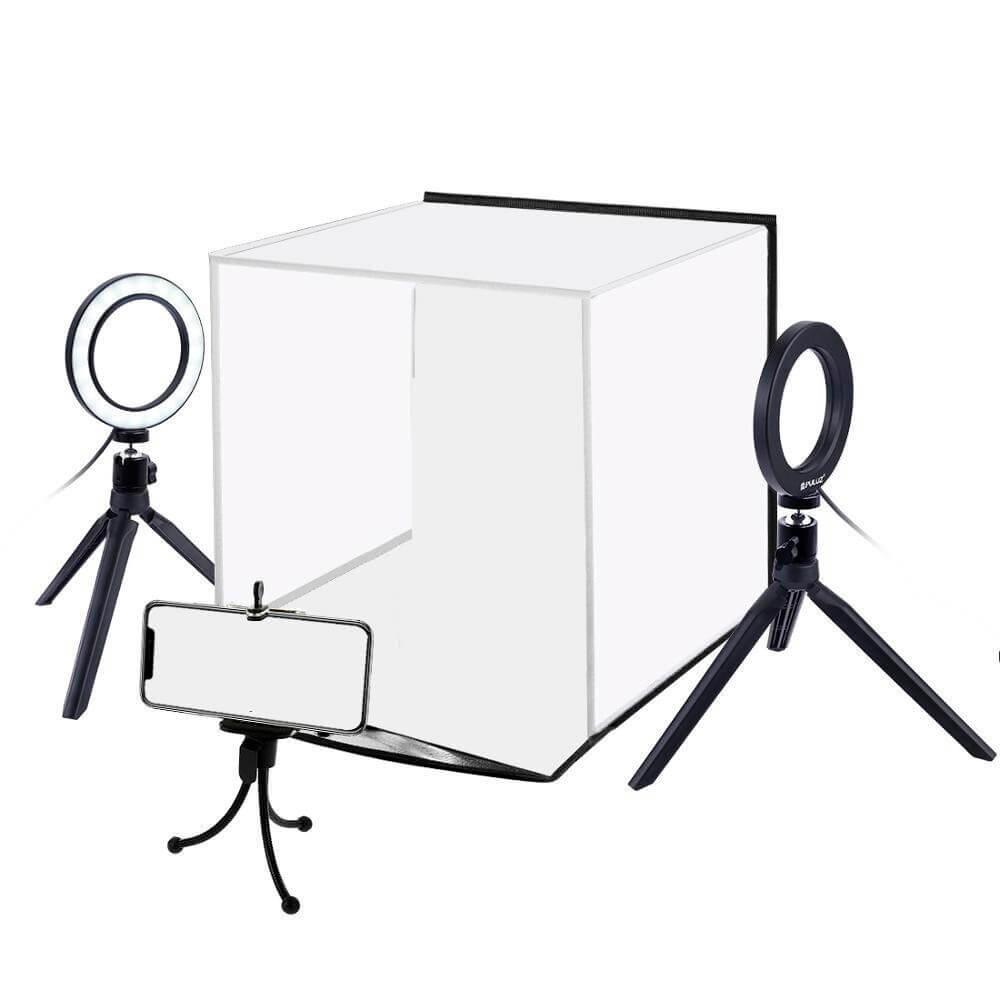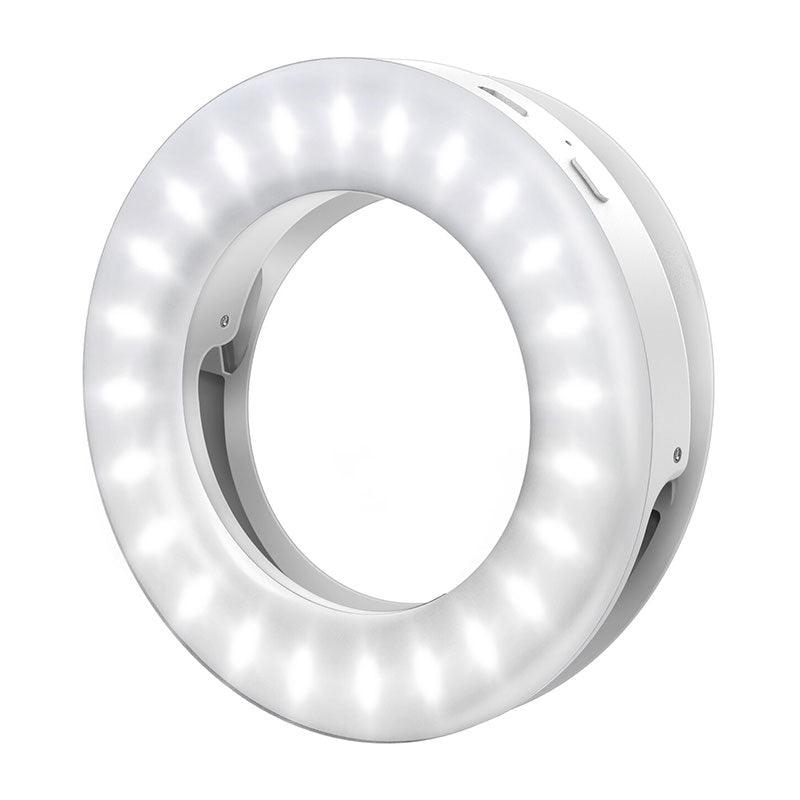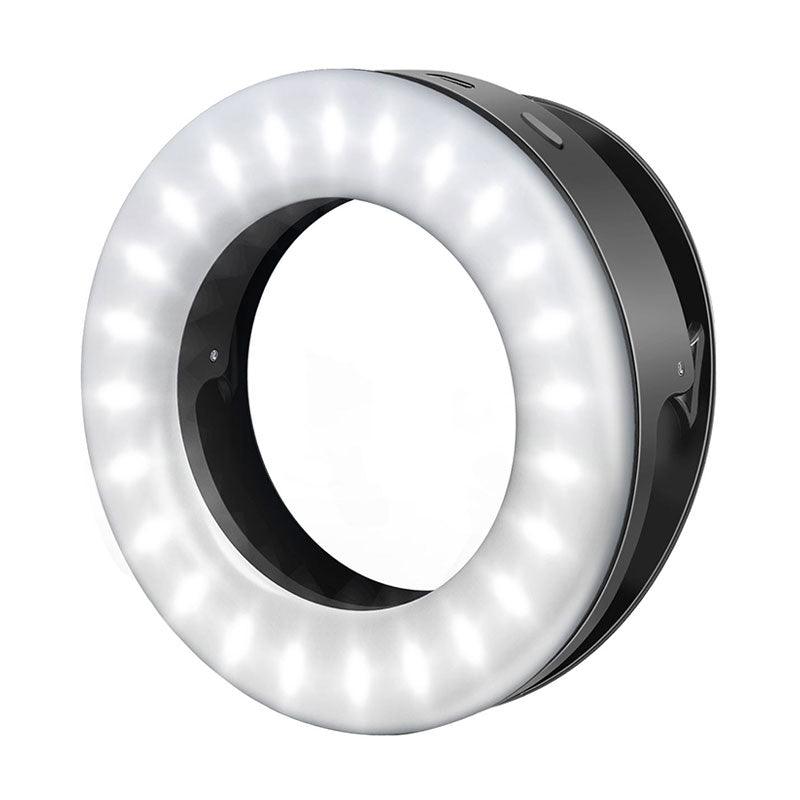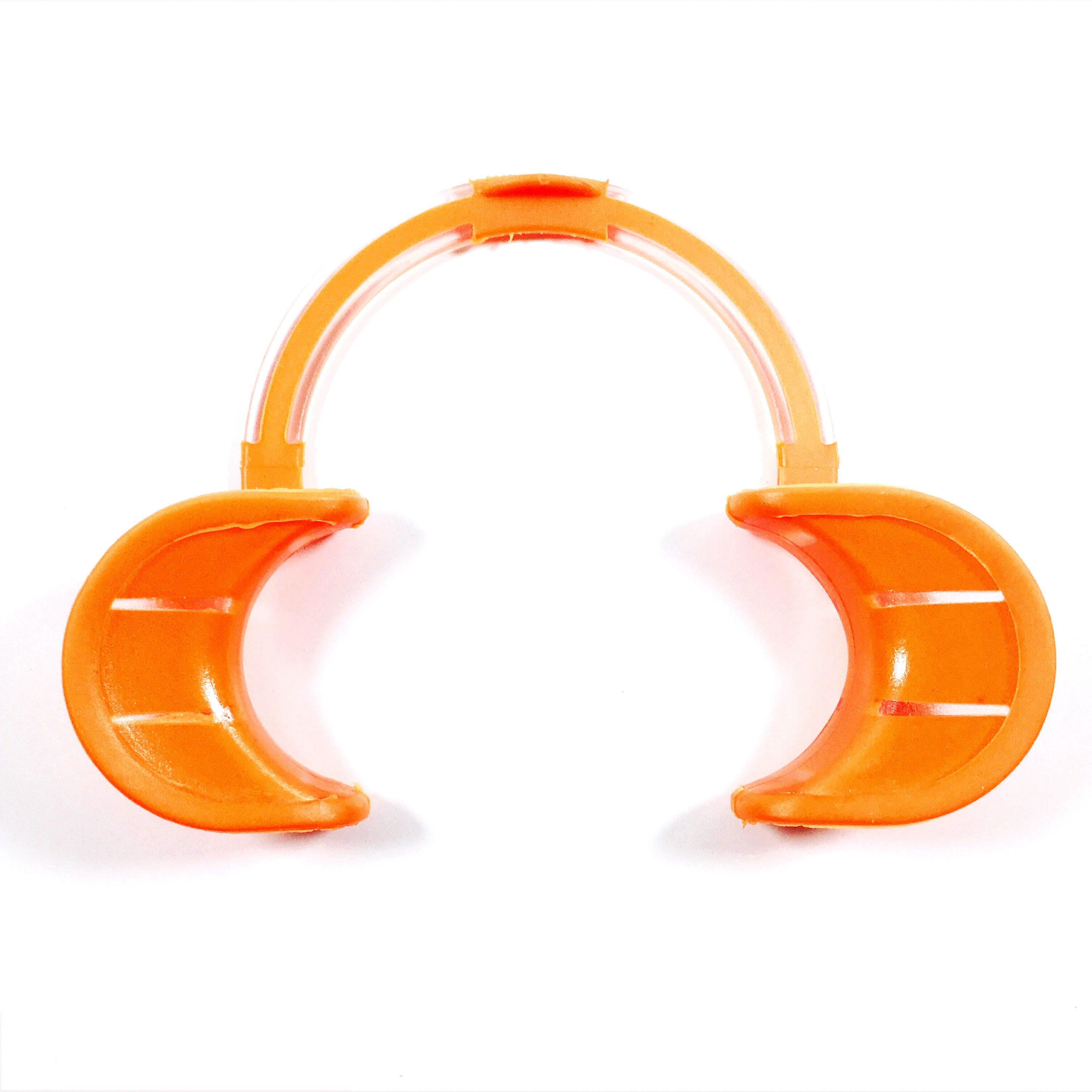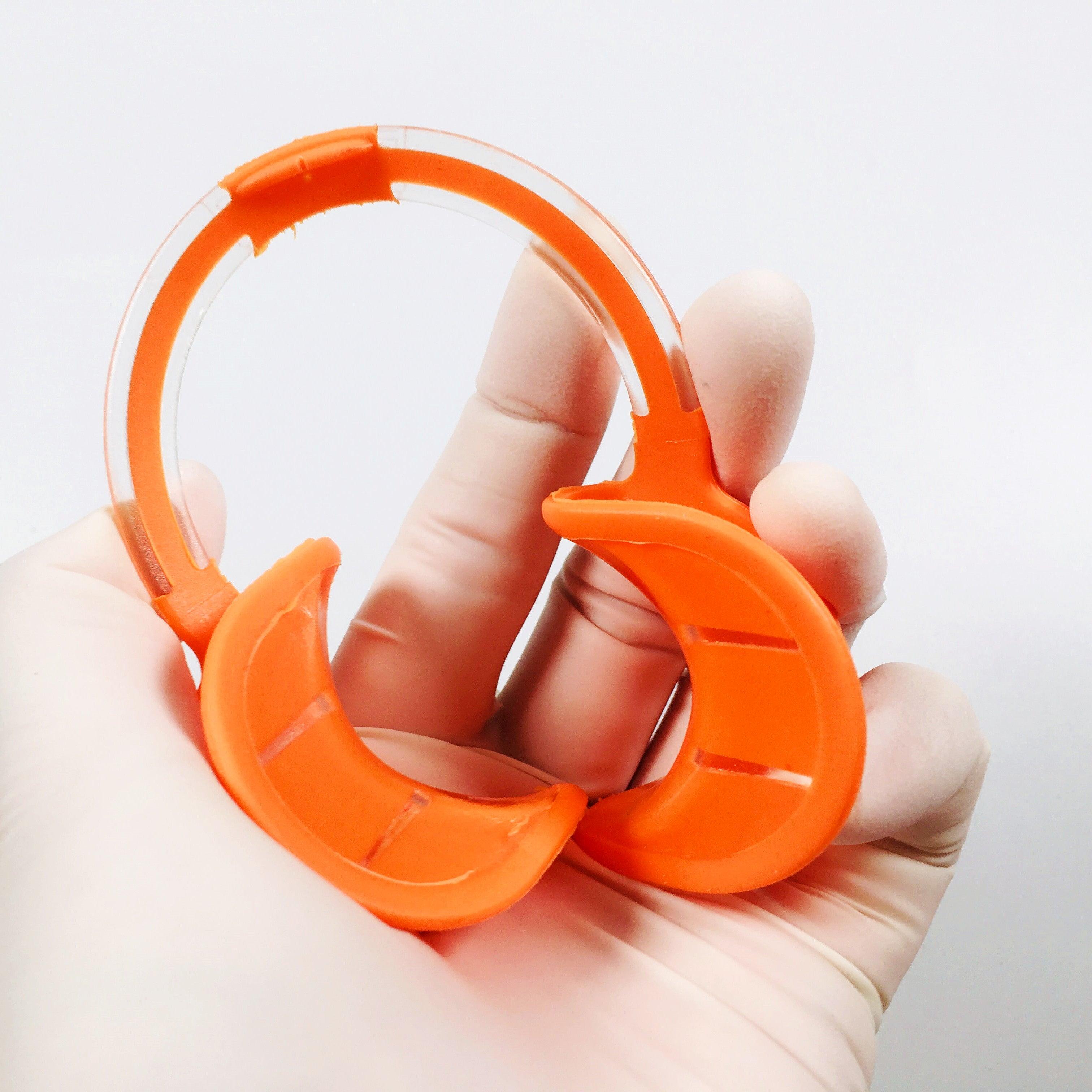Dental photography is an essential component of modern dentistry, enabling professionals to document cases, educate patients, and showcase their expertise. A key tool in achieving high-quality dental images is the cheek retractor, which enhances visibility and provides a clean, unobstructed view of the oral cavity. Dental professionals often face the choice between clear and black retractors, each offering unique benefits depending on the purpose of the photography. Let’s explore the features, benefits, and use cases of each type.
Clear Retractors: Optimizing Visibility and Color Accuracy
Features and Benefits
Clear cheek retractors, made from high-quality transparent plastic, are designed to provide a smooth and comfortable fit without injuring the gums or mucous membranes. Their transparency allows light to pass through unobstructed, ensuring bright and accurate visual representation of the oral cavity.
- Natural Appearance: Clear retractors blend seamlessly into the background, minimizing visual distractions in photographs.
- Optimal Light Transmission: These retractors enable consistent lighting, making details of the teeth and gums more prominent.
- Versatility: Available in various sizes and shapes to suit different oral structures.
Use Cases
Color Determination: Clear retractors excel in color-matching procedures by maintaining natural light flow. This is particularly beneficial for determining tooth shades during restorations or before and after whitening procedures.
Surgical Documentation: When documenting surgical procedures, clear retractors or options like OptraGate ensure natural lighting conditions, aiding in detailed photographic records.
Black Retractors: Enhancing Contrast and Focus
Features and Benefits
Black cheek retractors are crafted from durable, high-quality plastic and are specifically designed to create high-contrast images. The black material absorbs light, reducing glare and shadows in the oral cavity, and provides a clean focus on the teeth by partially concealing the surrounding soft tissues.
- High Contrast: Highlights the details of teeth and restorations by creating a stark contrast against the dark background.
- Focus Enhancement: Allows the teeth to stand out while minimizing distractions from the surrounding soft tissues.
Use Cases
Portraits and Treatment Documentation: Black retractors are ideal for capturing before-and-after images for cosmetic procedures, orthodontic treatments, and hygiene sessions. They help create striking visuals that emphasize the results of dental work.
Artistic Photography: When paired with contrasters, black retractors enhance the aesthetic appeal of images, showcasing detailed enamel texture and gum lines.
Choosing the Right Retractor for Your Practice
The choice between clear and black retractors depends on the type of photography and your specific goals. Clear retractors are preferred for procedures requiring accurate color representation and natural light flow, such as shade-matching or surgical documentation. On the other hand, black retractors excel in creating high-contrast images for aesthetic documentation or promotional purposes. Experimenting with both types can help determine which works best for your photographic needs.
Conclusion
Retractors are indispensable tools in dental photography, playing a crucial role in achieving precise and professional images. Clear retractors optimize light transmission and visibility, making them suitable for accurate color documentation and surgical photos. Black retractors, with their ability to create striking contrasts, are perfect for showcasing aesthetic results and treatment progress. Investing in high-quality retractors tailored to your needs will enhance your dental photography, improve patient communication, and elevate your practice’s professionalism. Explore our wide range of clear and black retractors today to find the perfect match for your dental photography setup.

